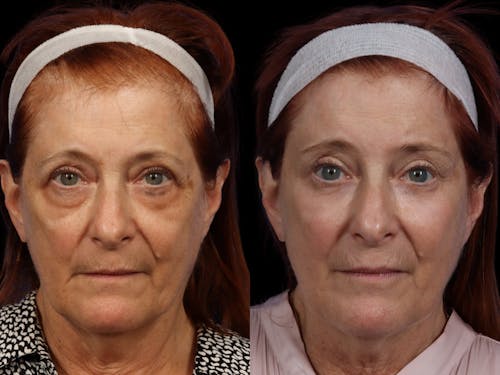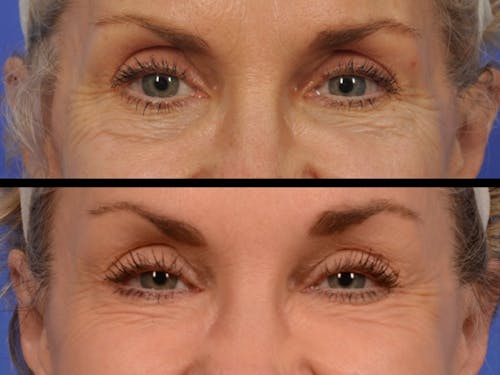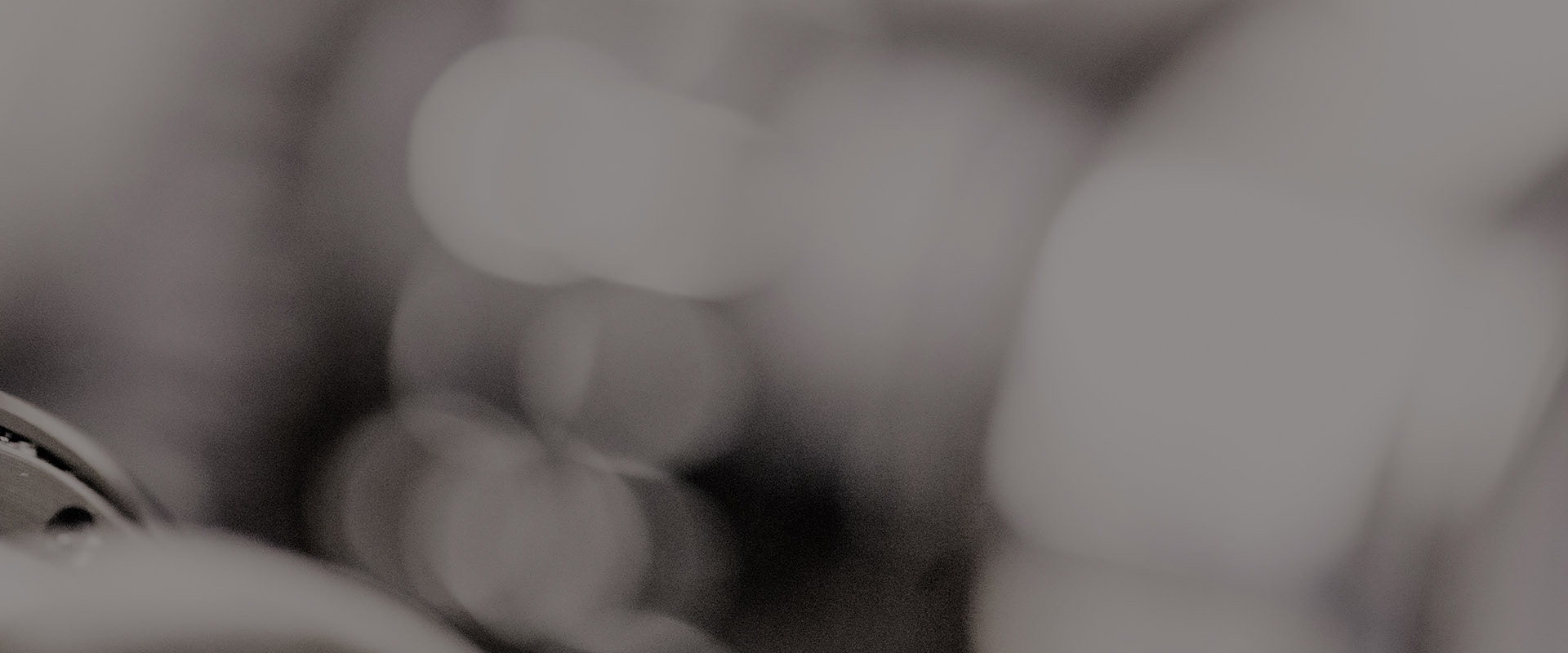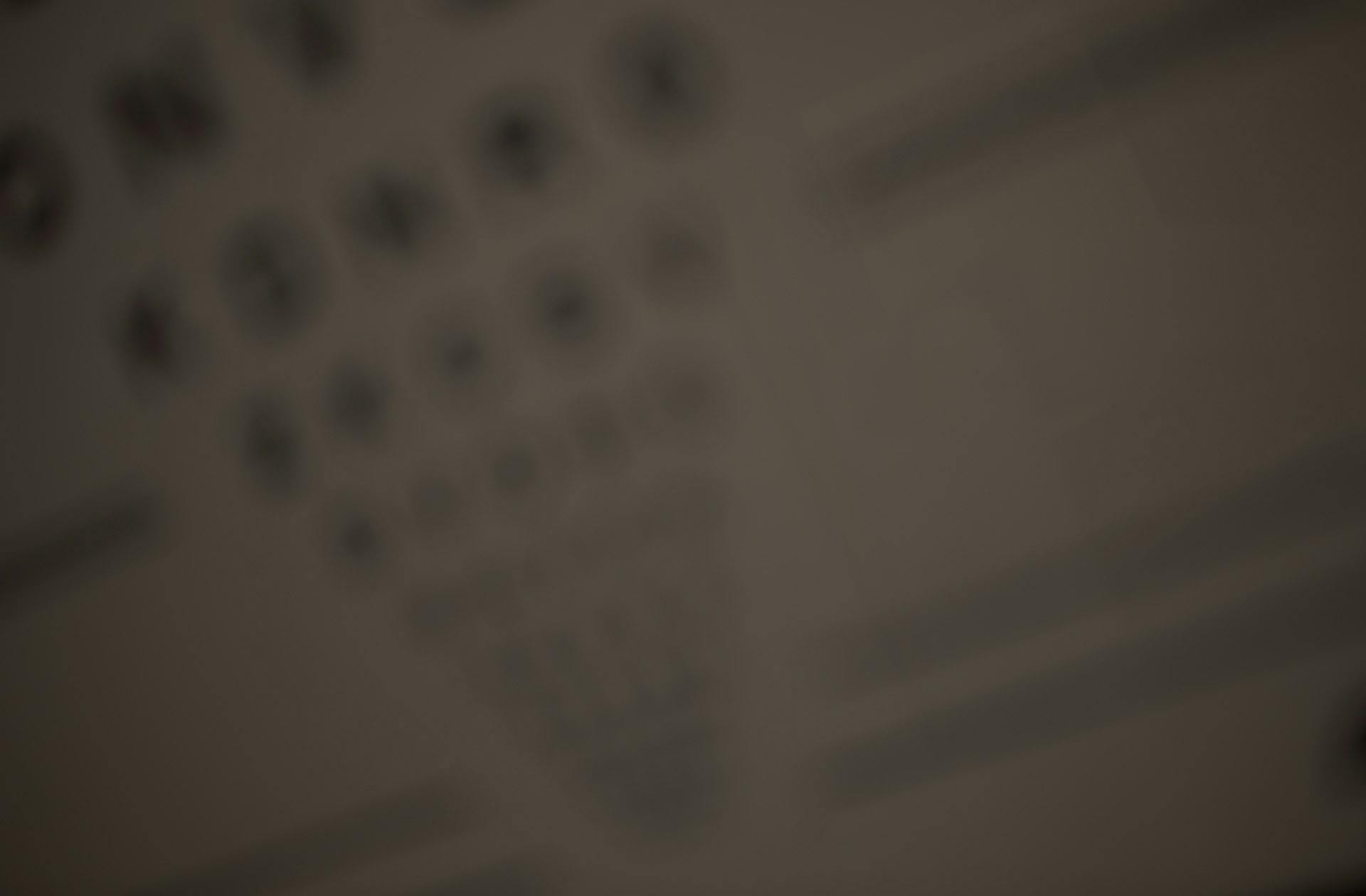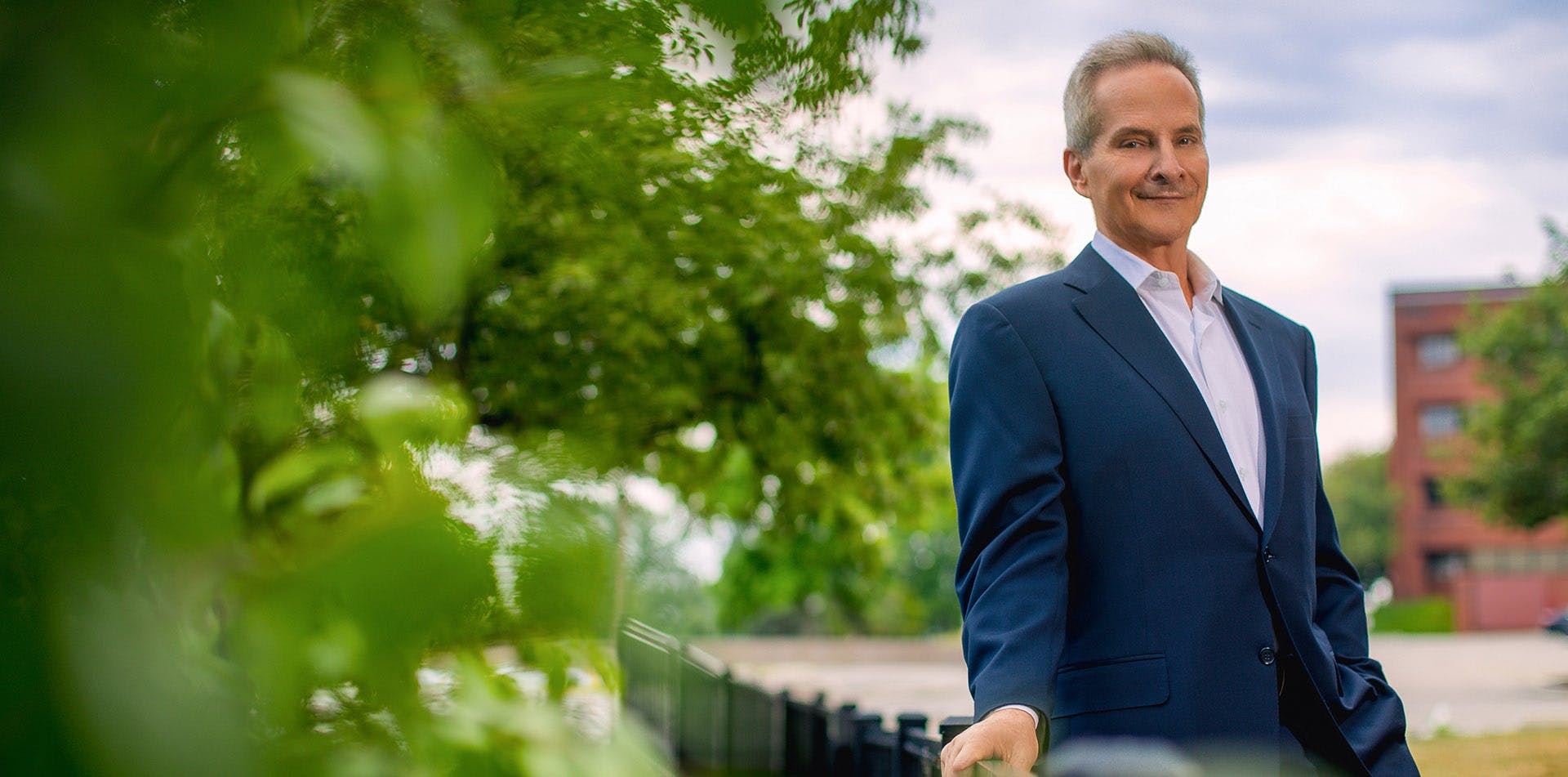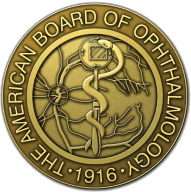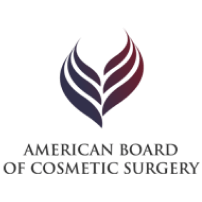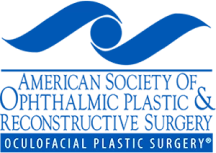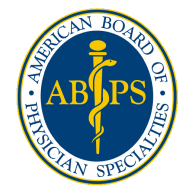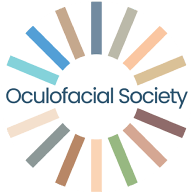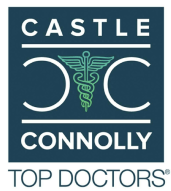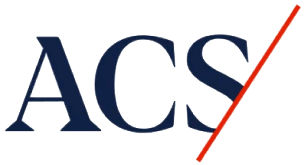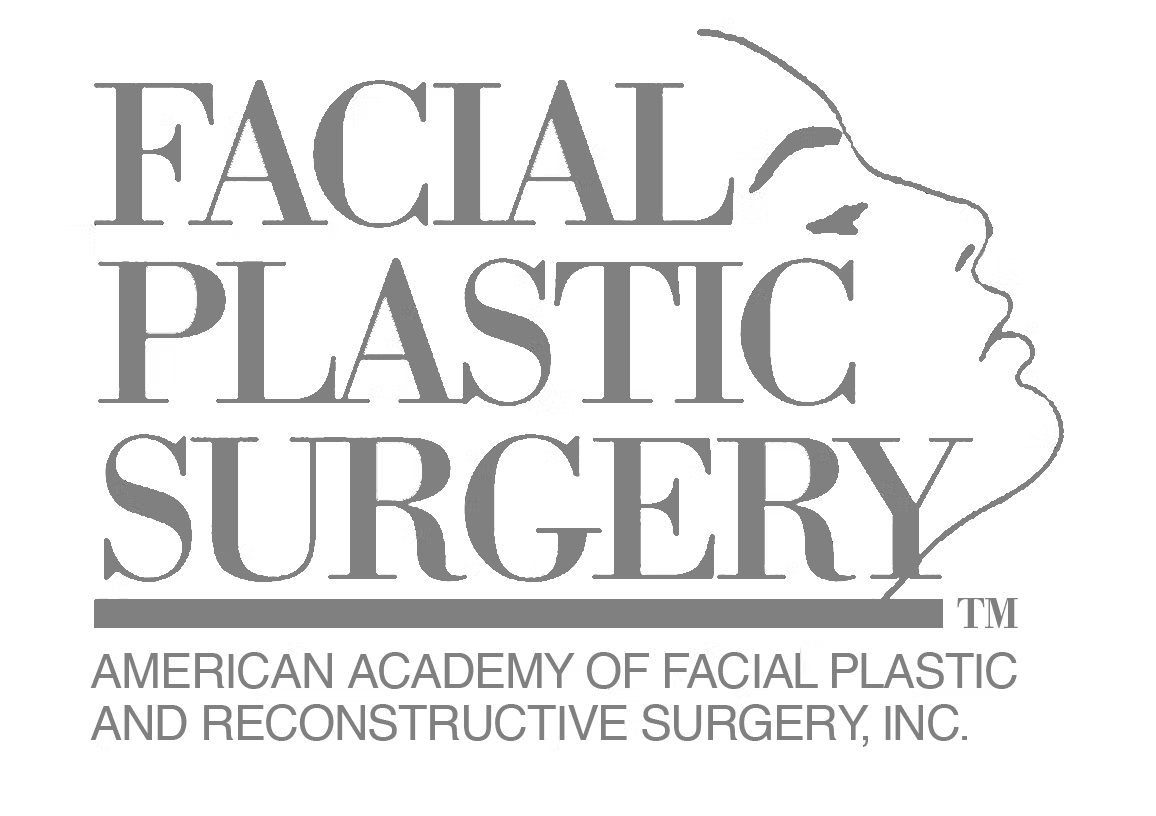What Are the Benefits of Laser Skin Resurfacing?
Laser skin resurfacing offers a range of benefits that go beyond simply improving skin texture. This advanced treatment can rejuvenate your complexion, address specific skin concerns, and help you achieve a more youthful, radiant appearance. Here are some of the key advantages of laser skin resurfacing at W Cosmetic Surgery®:
- Reduces fine lines and wrinkles: Smooths out crow’s feet, forehead lines, and other facial creases for a more youthful look.
- Improves skin tone and texture: Evens out pigmentation, reduces roughness, and enhances overall skin clarity.
- Minimizes the appearance of scars: Effectively treats acne scars, surgical scars, and other types of skin imperfections.
- Tightens and firms the skin: Stimulates collagen production, leading to improved skin elasticity and a firmer appearance.
- Treats sun damage: Reduces sunspots, discoloration, and other signs of photoaging.
- Customizable treatment options: Offers both ablative and non-ablative options to suit your specific skin type and concerns.
- Long-lasting results: Provides improvements that can be maintained with proper skincare and occasional touch-ups.
Am I a Candidate for Laser Skin Resurfacing?
Laser skin resurfacing can be an excellent option for individuals looking to improve their skin's appearance, texture, and tone. You may be a good candidate for this treatment if the following apply to you:
- Want to address fine lines, wrinkles, and loss of skin firmness related to aging
- Struggle with acne scars, sun damage, hyperpigmentation, or uneven skin tone
- Are in good overall health without active skin infections or conditions that affect healing
- Have realistic expectations about the procedure and are committed to following aftercare instructions
- Are willing to quit smoking before and after treatment to support optimal healing
During your consultation at W Cosmetic Surgery®, Dr. Wulc will evaluate your skin type, discuss your aesthetic goals, and determine if laser skin resurfacing is the right option for you.



